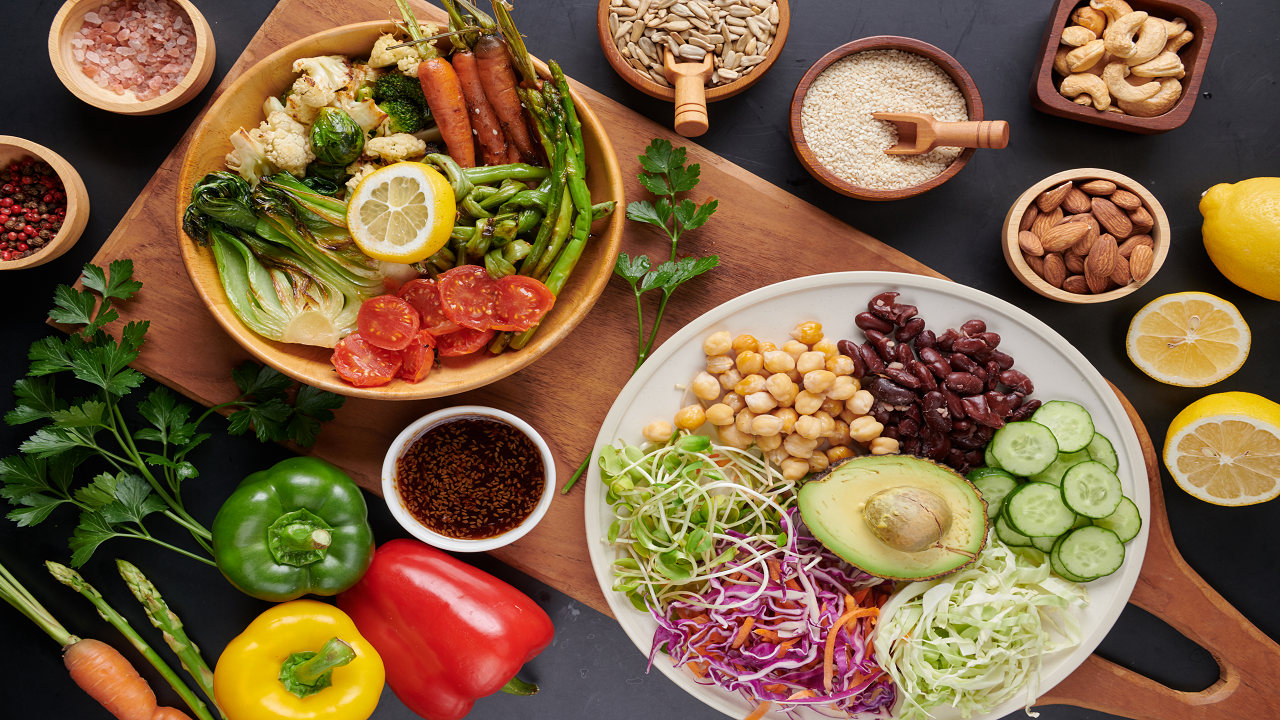
Maintaining a balanced diet is essential for good health, but it doesn't have to break the bank. Protein is a crucial component of a balanced diet, as it supports muscle growth, repairs tissues, and aids in overall body function. Fortunately, plenty of low-cost protein-rich foods can help you meet your nutritional needs without straining your budget. This blog will explore various budget-friendly protein sources and provide tips on incorporating them into your diet.
1. Beans and Legumes
Beans and legumes are excellent sources of protein and can be purchased at a fraction of the cost of meat. Varieties like black beans, lentils, chickpeas, and pinto beans are not only packed with protein but also high in fibre, making them incredibly filling. You can use them in soups, stews, salads, and even as a meat substitute in dishes like veggie burgers or chilli.
2. Eggs
Eggs are one of the most affordable sources of high-quality protein. They're versatile and can be prepared in various ways, such as scrambled, boiled, poached, or as an ingredient in many recipes like omelettes and frittatas. Eggs are also rich in essential nutrients like vitamin B12, choline, and various minerals.
3. Canned Tuna and Salmon
Canned tuna and salmon are convenient and economical sources of protein. They're rich in protein and contain heart-healthy omega-3 fatty acids. These can be used in sandwiches, salads, or as toppings for pasta dishes. Look for sales and discounts to save even more.
4. Greek Yogurt
Greek yogurt is higher in protein compared to regular yogurt and is often available at competitive prices. It's an excellent source of calcium and probiotics as well. Enjoy it on its own, with honey and fruits, or as a creamy base for smoothies.
5. Peanut Butter
Peanut butter is not only a tasty spread but also a good source of plant-based protein. It's a staple in many households and can be used in sandwiches, added to oatmeal, or blended into smoothies. Opt for natural peanut butter without added sugars or unhealthy oils.
6. Quinoa
Quinoa is a whole grain that's not only high in protein but also gluten-free and rich in essential amino acids. While it may be slightly more expensive than other grains, it offers excellent nutritional value and can be used as a base for salads, side dishes, or as a main course.
7. Cottage Cheese
Cottage cheese is an affordable dairy product packed with protein and low in fat. It can be eaten on its own, mixed with fruits or vegetables, or used as a filling for wraps and stuffed pastas.
8. Frozen Vegetables
While not a direct source of protein, frozen vegetables can be a budget-friendly way to add nutrition to your meals. They can be added to stir-fries, soups, and casseroles to increase the overall protein content of your dishes without spending a fortune.
9. Tofu
Tofu, also known as bean curd, is an inexpensive plant-based protein source. It's incredibly versatile and can be used in both savory and sweet dishes. Tofu absorbs flavors well, making it a great addition to stir-fries and marinated dishes.
Tips for a Budget-Friendly Protein Diet
-
Buy in Bulk: Purchase non-perishable items like beans, lentils, and canned goods in bulk to save money in the long run.
-
Compare Prices: Keep an eye out for sales, discounts, and store brands, which can often be more affordable than name brands.
-
Plan Meals: Create meal plans that incorporate affordable protein sources to avoid last-minute, more expensive food choices.
-
Limit Convenience Foods: Pre-packaged and convenience foods are often pricier than whole foods, so try to minimize their consumption.
-
Cook at Home: Cooking meals from scratch is generally more cost-effective than eating out or ordering takeout.
Maintaining a balanced diet with an adequate intake of protein doesn't have to strain your finances. By incorporating these low-cost protein foods into your diet and following budget-friendly tips, you can enjoy nutritious meals that support your health and well-being without breaking the bank. Remember that a balanced diet also includes a variety of fruits, vegetables, and whole grains, so strive for diversity in your meals to achieve optimal nutrition.










